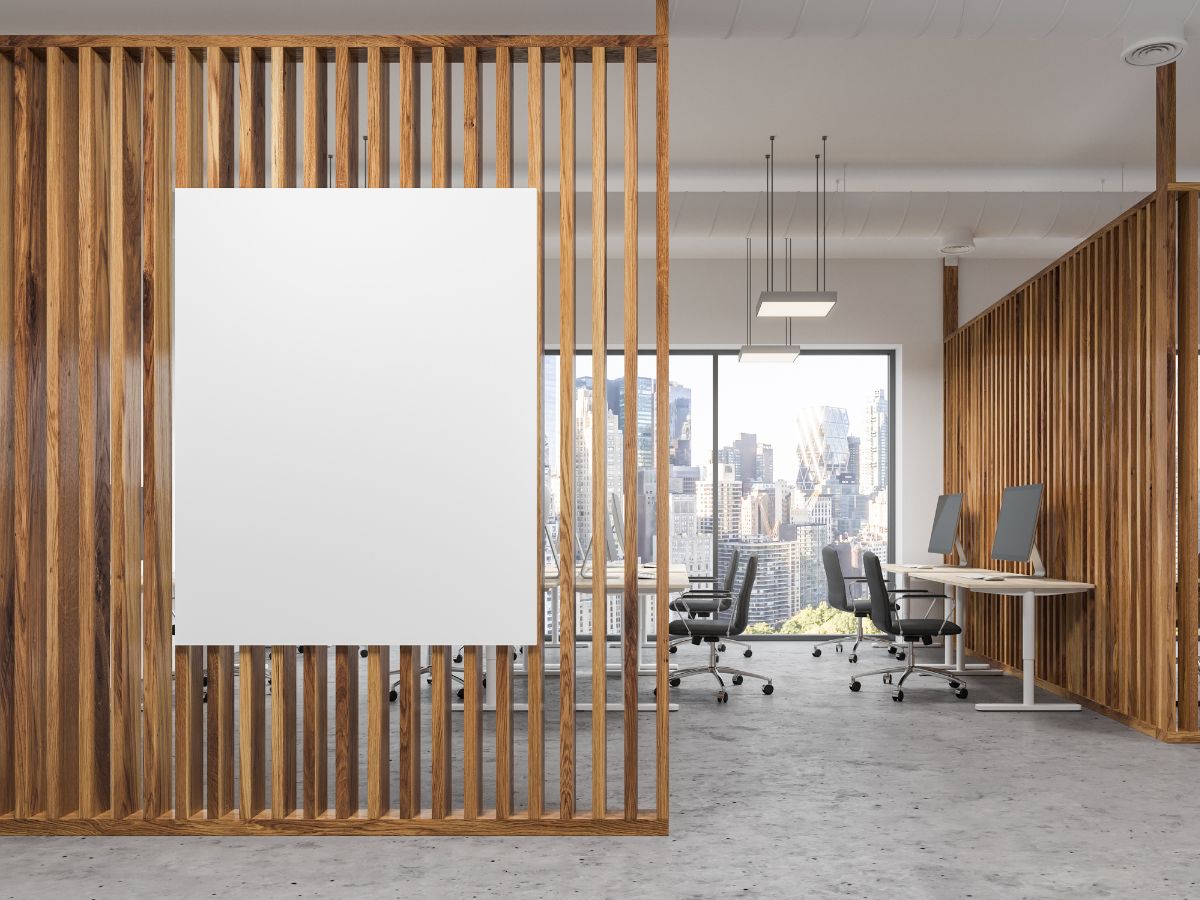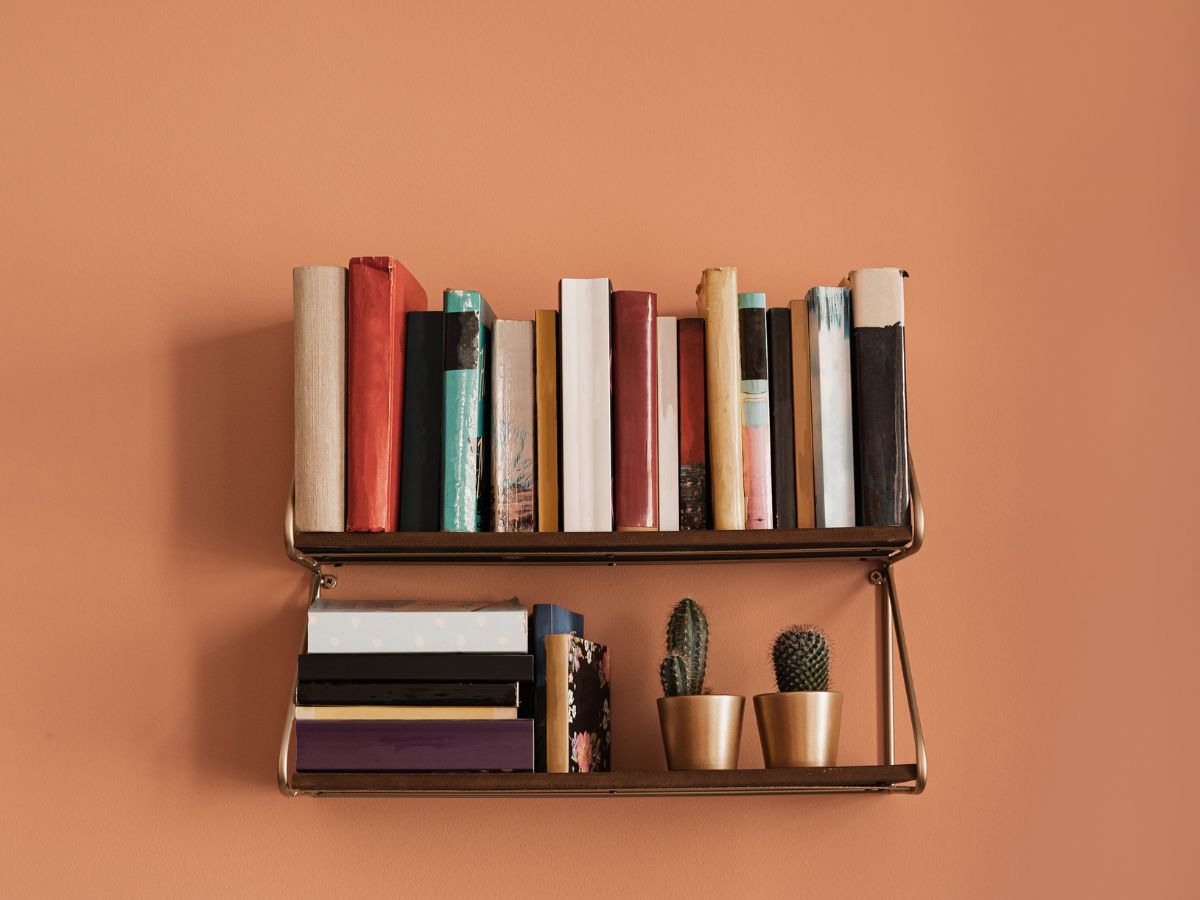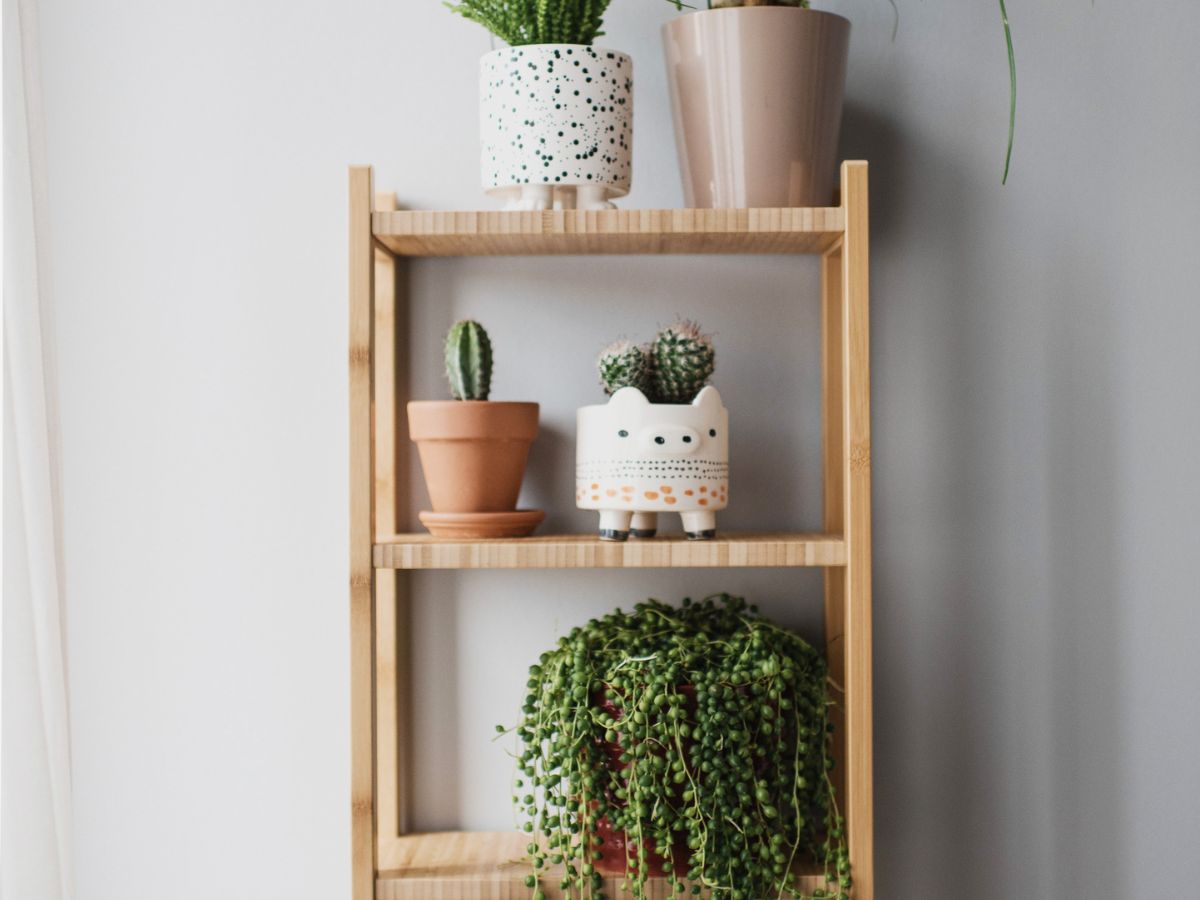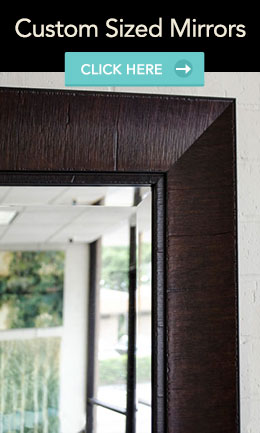
Which Wood Is Best for Interior Design?
When interior designers, remodeling firms, and homeowners talk about wood, it’s not just about choosing a species. It’s about balance: aesthetics, durability, sustainability, and how it interacts with other design elements like framed mirrors. Here’s a guide into selecting the right wood and how to marry it with mirror installations for a refined finish.
Why Wood Matters
Wood isn’t just pretty. It often yields measurable psychological and physical benefits. In a comparative case study, two multifunctional rooms–one with abundant wood finishes and one with conventional surfaces–showed that the wood-rich room delivered a “visually warm experience,” even when thermal and acoustic parameters were nearly the same. The rich grain, texture, and color of wood helped occupants perceive warmth and aesthetic comfort.
Wood’s visual appeal holds consumer power. A study of wood surfaces in Germany found that consumers consistently value visual attributes such as grain, color, smoothness, and those preferences cluster into distinct “classes.”
Best Wood Species and How to Use Them in Interiors
Oak
White oak and red oak are favorites for floors, cabinets, and wall paneling. Oak is hard, dimensionally stable, and widely available. Its grain is prominent but not overwhelming, making it a safe canvas.
Walnut
Walnut offers deep tones and straight grain. It’s more expensive and softer than oak, so it needs more care in high-traffic uses. But in accent walls, built-ins, or furniture details, walnut adds elegance. Pair walnut surfaces with a large custom-sized mirror in a light wood or metallic frame to create balance.
Maple
Maple’s light color and fine grain make it ideal for minimalist, Scandinavian, or modern interiors. It responds well to stain or clear finishes. In bathrooms or vanities, a maple base with a custom-sized mirror (matching frame or contrasting metal) produces a fresh, cohesive look.
Reclaimed and Exotic Woods
Reclaimed wood (e.g. barn wood, salvaged beams) brings texture, patina, and sustainability. Exotic woods like teak, mahogany, or zebrawood add visual drama. But they demand careful sourcing. A reclaimed wood frame around a mirror transforms functional pieces into statement art.
There’s no one “best” wood for interiors, it depends on your client’s goals. But oak, walnut, maple, reclaimed wood (and responsibly sourced exotics) are top contenders. When you team wood thoughtfully with framed, custom-sized mirrors, you create interiors that are warm, balanced, reflective, and deeply cozy.



